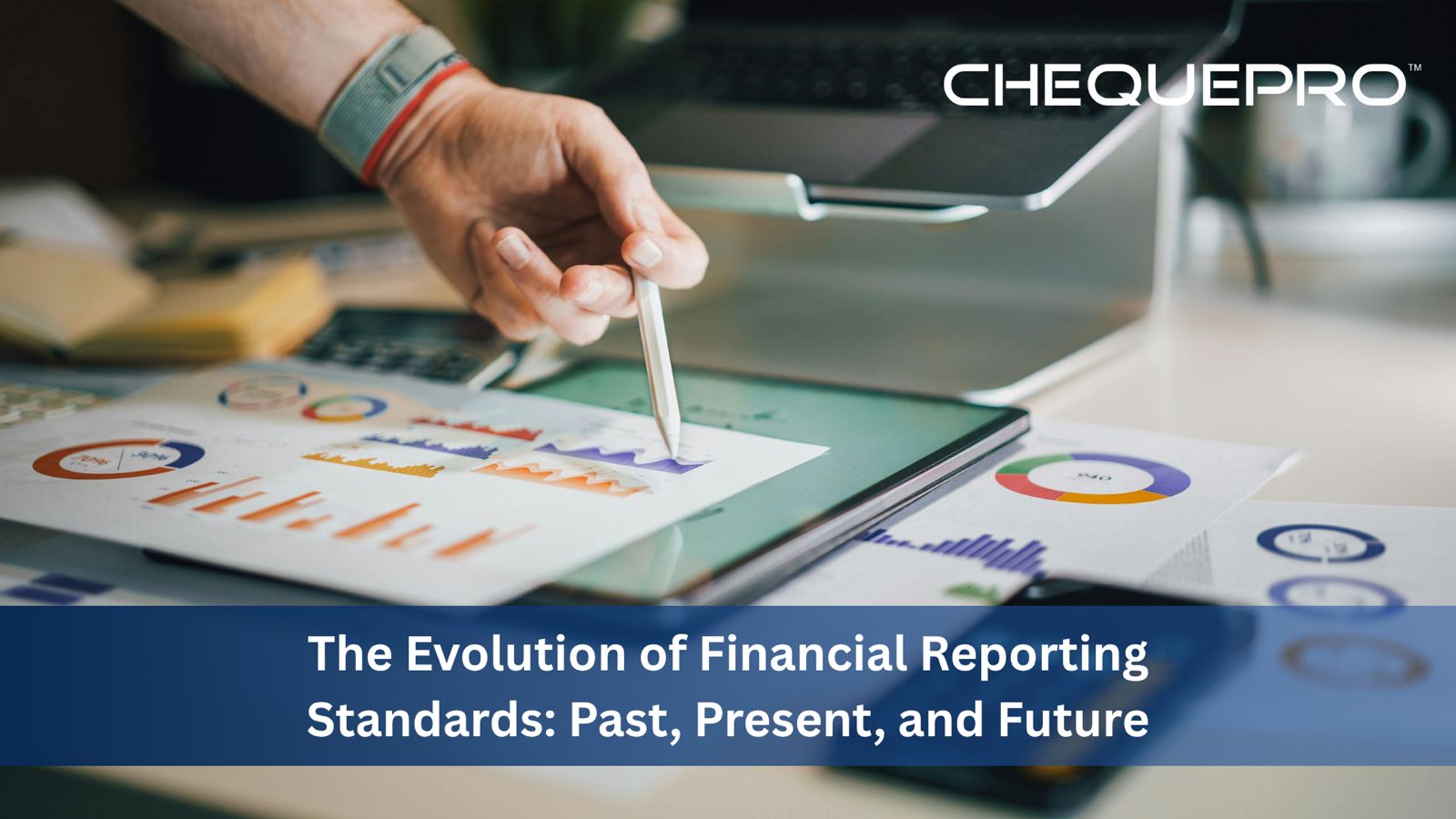Introduction
Have you ever stopped to think why different companies’ financial reports look the same despite being based on entirely different businesses or countries? It’s due to financial reporting standards.
They are the template of how companies report and account for their financial report. They ensure that you’re not comparing apples and oranges when you compare an auto company’s balance sheet and a tech company’s. Without them, companies would come to report whatever financial standing they wanted, to try to attract potential investors, and you’d never even know what was true.
But do you know that these standards were once different? They have come a long way and have changed in response to the needs of markets, regulators and investors and are changing and evolving again to serve the needs of a rapidly changing world. Let’s look at the history of the past, the prospects of the future and the reality of the present of these financial reporting standards.
Financial Reporting Standards in the Past
If we go back a hundred years, the financial reporting of companies was the Wild West. Corporations did whatever was convenient for them, typically exaggerating numbers to impress shareholders or get loans.
After the Great Depression. Investors had been burned, and confidence in companies was low. So, the U.S. government took action. The Securities and Exchange Commission (SEC) was created in the year 1934, which required public companies to report their finances honestly and on a regular basis.
Flash forward to 1973, and then the Financial Accounting Standards Board (FASB) was created to develop Generally Accepted Accounting Principles (GAAP) for America. Their regulations became standard for financial reporting, which necessitated that all companies and businesses adhere to the same principles.
At the global level, all the countries had their own specific set of rules until the year 1973, when the International Accounting Standards Committee (IASC) was established with a goal of implementing some form of consistency across borders, which now includes more than 140 countries using the same standards of financial reporting.
Also Read: What is Online Cheque Printing and How Does It Work?
Financial Reporting Standards in the Present
We are currently residing in a time where two dominant systems reign: GAAP and IFRS.
GAAP is still the US standard, with its rules-based, prescriptive qualities.
IFRS (International Financial Reporting Standards), which was released by the International Accounting Standards Board (IASB), boasts over 140 nations in its membership, which are looking for a principles-based, streamlined system that will afford flexibility without compromising transparency.
They are closer today than ever before to being completely harmonised, but still not completely. The most perfect example is that of revenue recognition, where both ASC 606 under GAAP and IFRS 15 under IFRS are applying the same models, so that it will be easier for investors to compare entities across the globe.
Financial Reporting Standards in the Future
Standards for financial reporting continue to progress to serve investors and regulators in a transforming world. Three significant transformations are shaping the future:
1. Sustainability and ESG Reporting
At this time of increased sensitivity towards sustainability, Investors are not looking at profit figures only. They would prefer to know what type of business the company is carrying out with the Planet, its workers, and its communities. Environmental, Social, and Governance (ESG) reporting, therefore, is gradually becoming a component of financial reporting standards.
The International Sustainability Standards Board (ISSB) is labouring to create international sustainability reporting standards. In parallel, the EU Corporate Sustainability Reporting Directive (CSRD) mandate requires thousands of companies to disclose ESG starting from 2024.
2. Digital Financial Reporting
Financial Reporting Standards are moving away from static PDFs to digital-first, machine-readable formats like eXtensible Business Reporting Language (XBRL) so that the information can be read by regulators and investors at a quicker rate.
With technology becoming increasingly powerful, regulators are also testing real-time reporting, where significant financial data is being disclosed sooner, bridging the information gap between investors and companies.
3. AI and Automation
AI is now being used more and more to automate financial reporting procedures, from data gathering to compliance checking, removing the human element of error and accelerating the procedure.
Automated reporting systems allow businesses to remain compliant with minimal effort while at the same time relieving company staff from repetitive manual data entry, conserving time for other value-added operations and eliminating any chance of a report error.
The Challenges We Face Today
We’ve indeed progressed a long way, from no financial reporting standards at all to having a standardised way of reporting, but we do have some challenges, such as:
- Global harmonisation is not simple because every country has various needs and economic conditions.
- ESG metrics in the financial statements are an undertaking that’s difficult because it’s mostly subjective.
- A developing issue with regards to cybersecurity, with everything financial going online.
The businesses that will thrive are those that excel at embracing the transformation without compromising transparency and precision
Why It Matters
Financial reporting standards are not only for accountants and auditors. They affect the lives of investors hoping to determine whether a company is good to invest in, employees who are concerned about whether they will be unemployed, and the overall economy that depends on the transparency of companies.
As these financial reporting standards advance with automation, technology, and sustainability, companies need to catch up with them; otherwise, they will be lagging in terms of credibility and trust.
Also Read: ChequePro: The Global Standard in Fraud Prevention and Financial Trust
Conclusion
Financial reporting standards have evolved from a patchwork of unstructured, company-based reporting, which was chaotic to say the least and not at all trustworthy, to globally accepted frameworks such as GAAP and IFRS. They will advance even further towards embracing sustainability and technology-driven openness in the future.
If you’re running a business, investing in one, or planning your career in finance, understanding these shifts isn’t optional; It becomes essential. The companies that embrace these changes will build stronger trust with investors and customers and will be prepared for the future of financial reporting.





